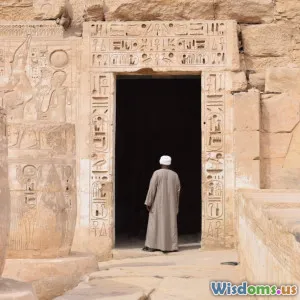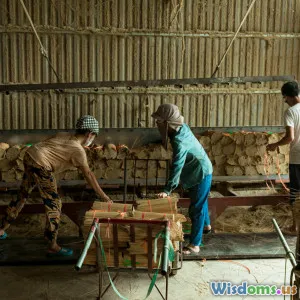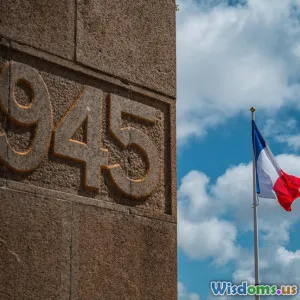
Ancient Artifacts and Their Stories
6 min read Explore the fascinating tales behind ancient artifacts and their profound connections to lost civilizations. (0 Reviews)
Ancient Artifacts and Their Stories
Artifacts are more than mere objects; they are tangible connections to the past, each carrying a story that offers insights into the lives, beliefs, and cultures of ancient civilizations. From the grandeur of the Egyptian pyramids to the simplicity of a clay pot, these remnants of history spark curiosity and inspire wonder. This article explores some of the most intriguing ancient artifacts, delving into their stories and what they reveal about the civilizations that crafted them.
The Rosetta Stone: A Key to Understanding Ancient Egypt
Discovered in 1799 by French soldiers near the town of Rosetta (Rashid) in Egypt, the Rosetta Stone is perhaps one of the most famous artifacts in the world. Inscribed with a decree issued in 196 BC, the stone features the same text written in three scripts: Greek, Demotic, and hieroglyphics. Its significance lies in its role as a key to deciphering Egyptian hieroglyphs, which had been a mystery for centuries.
The stone’s discovery enabled scholars, particularly Jean-François Champollion, to unlock the language of ancient Egypt, leading to a greater understanding of its culture, history, and literature. The Rosetta Stone is not just an artifact; it is a bridge linking modern scholars to ancient civilizations, showcasing the importance of artifacts in unraveling the mysteries of the past.
The Terracotta Army: Guardians of the First Emperor
Buried in the tomb of China’s first emperor, Qin Shi Huang, the Terracotta Army is a remarkable collection of over 8,000 life-sized figures, including soldiers, horses, and chariots. Discovered in 1974 by local farmers near Xi'an, this archaeological marvel is believed to have been created to accompany the emperor in the afterlife.
Each figure is unique, with distinct facial features, hairstyles, and clothing that reflect the military hierarchy of the time. The Terracotta Army illustrates the grandeur of the Qin dynasty and highlights the importance placed on the afterlife in ancient Chinese culture. The meticulous craftsmanship and sheer scale of this find provide invaluable insights into ancient Chinese beliefs, artistry, and the political landscape during the emperor's reign.
The Lascaux Cave Paintings: A Glimpse Into Prehistoric Life
Dating back to around 17,000 years ago, the Lascaux Cave paintings in southwestern France offer a fascinating glimpse into the lives of prehistoric humans. Discovered in 1940, these stunning murals depict various animals, including horses, deer, and aurochs, showcasing the artistry and hunting practices of our ancient ancestors.
The paintings are not only a testament to early human creativity but also suggest a deep connection to the natural world. Researchers believe they may have been part of hunting rituals or served as a way to communicate with the spiritual realm. The Lascaux Cave paintings remind us that storytelling through art has been a fundamental part of human culture for millennia, transcending time and geography.
The Mask of Tutankhamun: A Royal Legacy
Unearthed in 1922 by archaeologist Howard Carter, the gold funerary mask of the young Pharaoh Tutankhamun is one of the most iconic symbols of ancient Egypt. The mask, adorned with lapis lazuli and semi-precious stones, was designed to ensure the pharaoh's safe passage into the afterlife and to protect his body from decay.
Beyond its stunning craftsmanship, the mask tells the story of a young ruler who ascended to the throne at a tender age and died under mysterious circumstances. The discovery of Tutankhamun’s tomb provided a wealth of knowledge about ancient Egyptian burial practices, beliefs, and the opulence associated with royalty. The mask continues to captivate audiences worldwide, symbolizing the enduring allure of Egypt's rich history.
Conclusion
Ancient artifacts serve as windows into the past, allowing us to glimpse the complexities of human civilization. They carry stories that inform our understanding of history, culture, and the evolution of societies. Each artifact, whether it be the Rosetta Stone, the Terracotta Army, Lascaux Cave paintings, or the Mask of Tutankhamun, reveals the ingenuity, beliefs, and daily lives of our ancestors. As we continue to unearth and study these relics, we deepen our appreciation for the diverse tapestry of human history, reminding us of the shared experiences that connect us across time and space.
Rate the Post
User Reviews
Popular Posts





















